Farro: Important Facts, Health Benefits, and Recipes
Explore the history, health benefits, and culinary uses of farro, an ancient grain making a modern comeback, with our ultimate guide to cooking and storage tips.
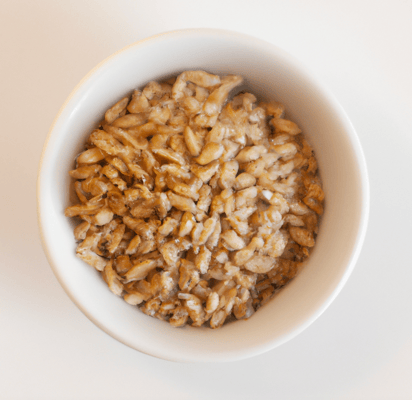
Best Farro Recipes
-
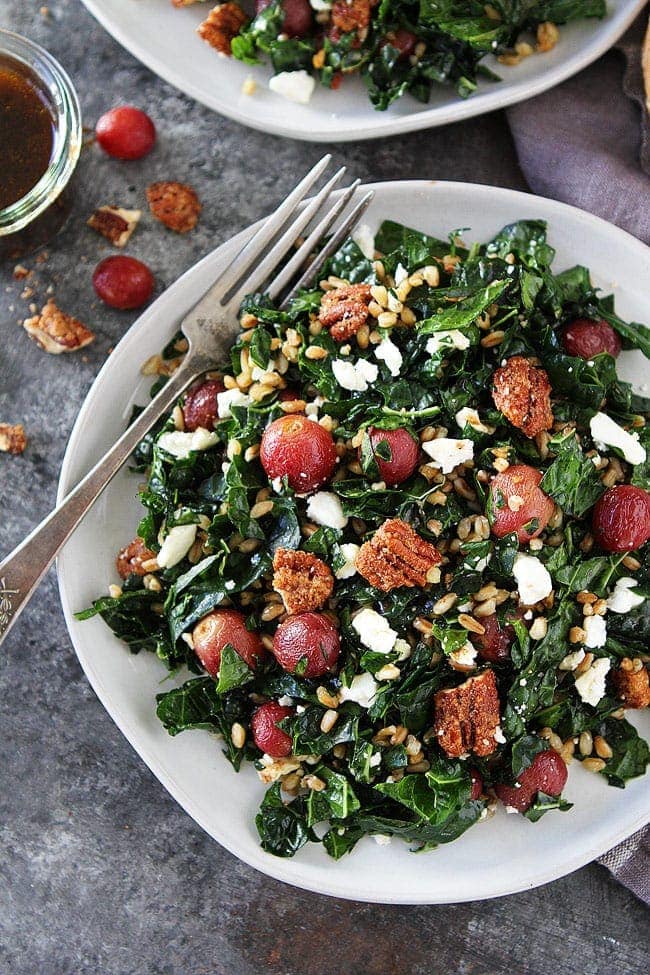
-
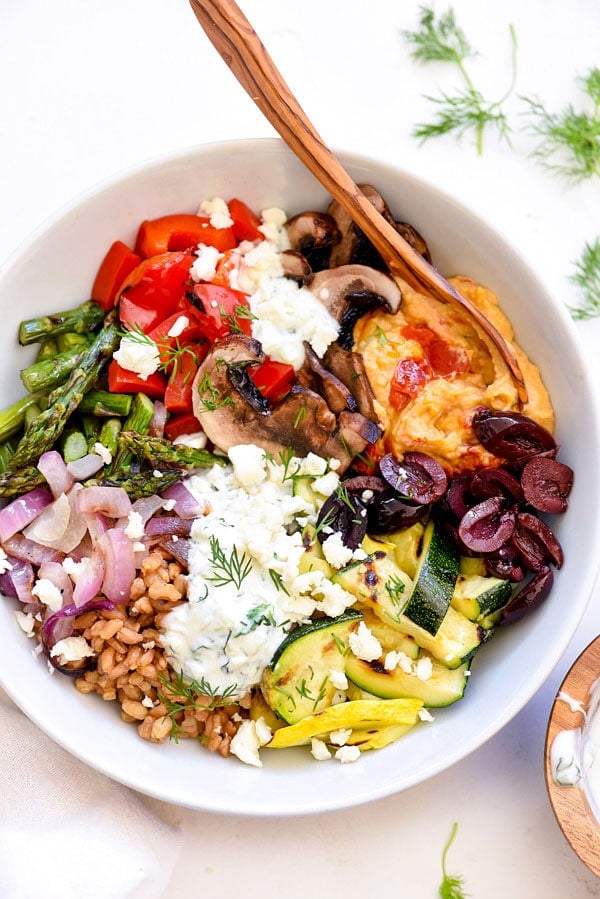
-
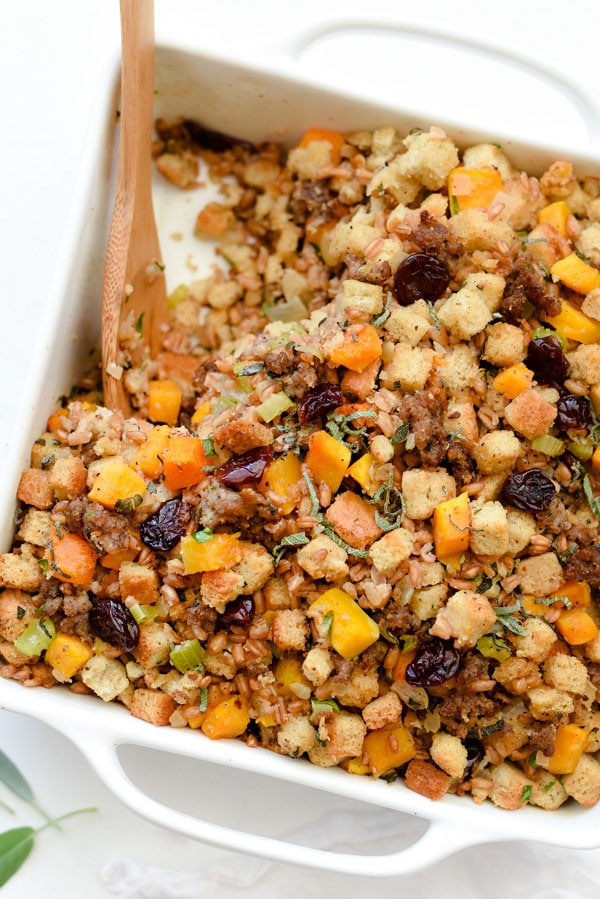
-
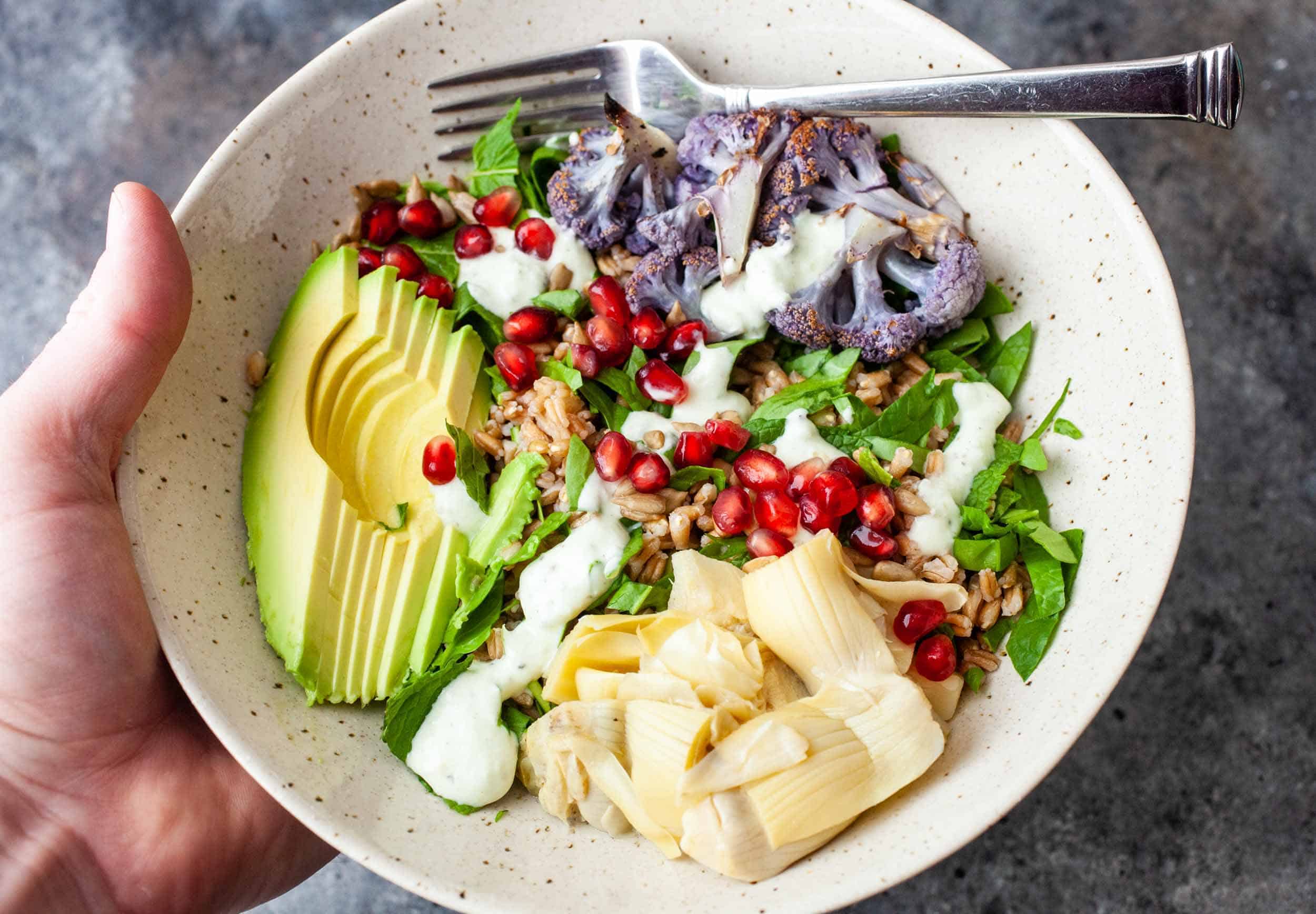
-
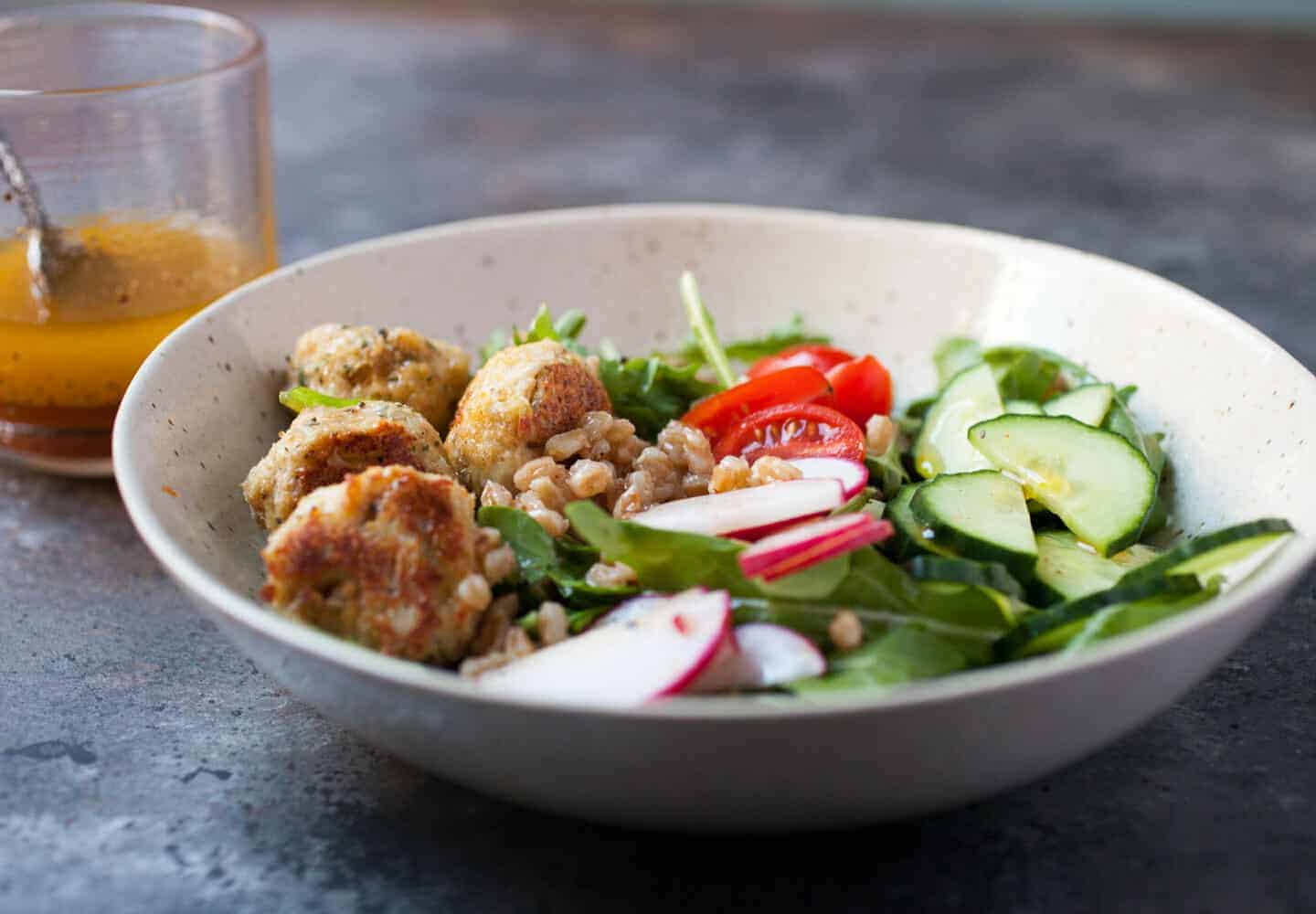
-

-

-

-
![Turkey Farro Cranberries Recipe Image]()
-
![Pear Blender Pancakes Farro Oats Recipe Image]()
-
![Kale and Farro Soup Image]()
-
![Farro and Kale Salad with Goat Cheese Image]()
-
![Farmers' Market Bowl with Green Goddess Sauce Image]()
-
![Mediterranean Roasted Sweet Potato & Farro Salad Image]()
-
![Hearty Roasted Butternut Squash & Apple Salad Image]()
-
![Roasted Carrots with Farro, Chickpeas & Herbed Crème Fraîche Image]()
-
![Greek Farro Salad Image]()
-
![Mason Jar Chickpea, Farro and Greens Salad (& lunch packing tips!) Image]()
-
![Roasted Cauliflower and Farro Salad with Feta and Avocado Image]()
-
![Greek Farro and Chickpea Salad with Herbed Yogurt Image]()
-
![Arugula, Carrot and Chickpea Salad with Wheat Berries Image]()
-
![Sweet Potato, Kale and Chickpea Soup Image]()
-
![Mini Pork Meatballs with Farro Image]()
-
![Italian Farro Salad Image]()
-
![Strawberry Farro Salad with Avocado and Feta Image]()
-
![Super Summer Detox Salad Image]()
-
![Honey Lime Tofu Stir Fry Image]()
-
![Southwest Farro Salad Image]()
-
![Warm Brussels Sprouts Salad with Bacon, Farro, and Blue Cheese Image]()
-
![Farmhouse Vegetable and Farro Soup (Zuppa Di Verdure E Farro) Image]()
-
![Cajun Grains Image]()
-
![Roasted Cauliflower Steaks & Kale Farro with Grape, Mustard & Thyme Pan Sauce Image]()
-
![Red Quinoa and Farro Image]()
-
![Smoky Chicken & Creamy Cilantro Sauce with Sweet Pepper & Zucchini Farro Image]()
-
![How to Cook Farro Image]()
-
![Farro with Mushrooms & Asparagus Image]()
-
![Beet and Wheat Berry Salad With Pickled Apples and Pecans Recipe Image]()
-
![Warm Farro Salad With Asparagus, Peas, and Feta Recipe Image]()
-
![Farro and Roasted Pepper Salad Recipe Image]()
-
![Suvir Saran's Farro and Mushroom Burgers Image]()
-
![Warm Whole-Grain Salad With Fennel, Arugula, Prosciutto, and Pecorino Recipe Image]()
-
![Vegetable and Chickpea Tagine With Couscous Recipe Image]()
-
![Slow Cooker Chicken With Farro and Vegetables Recipe Image]()
-
![Farro Bread Recipe, Two Loaves Image]()
-
![Farro with Cumin Roasted Carrots and Cumin Tahini Image]()
-
![Stuffed Pepper Casserole Recipe Image]()
-
![Granos cajún Image]()
-
![Sopa de Vegetales de Granja y Farro (Zuppa Di Verdure E Farro) Image]()





























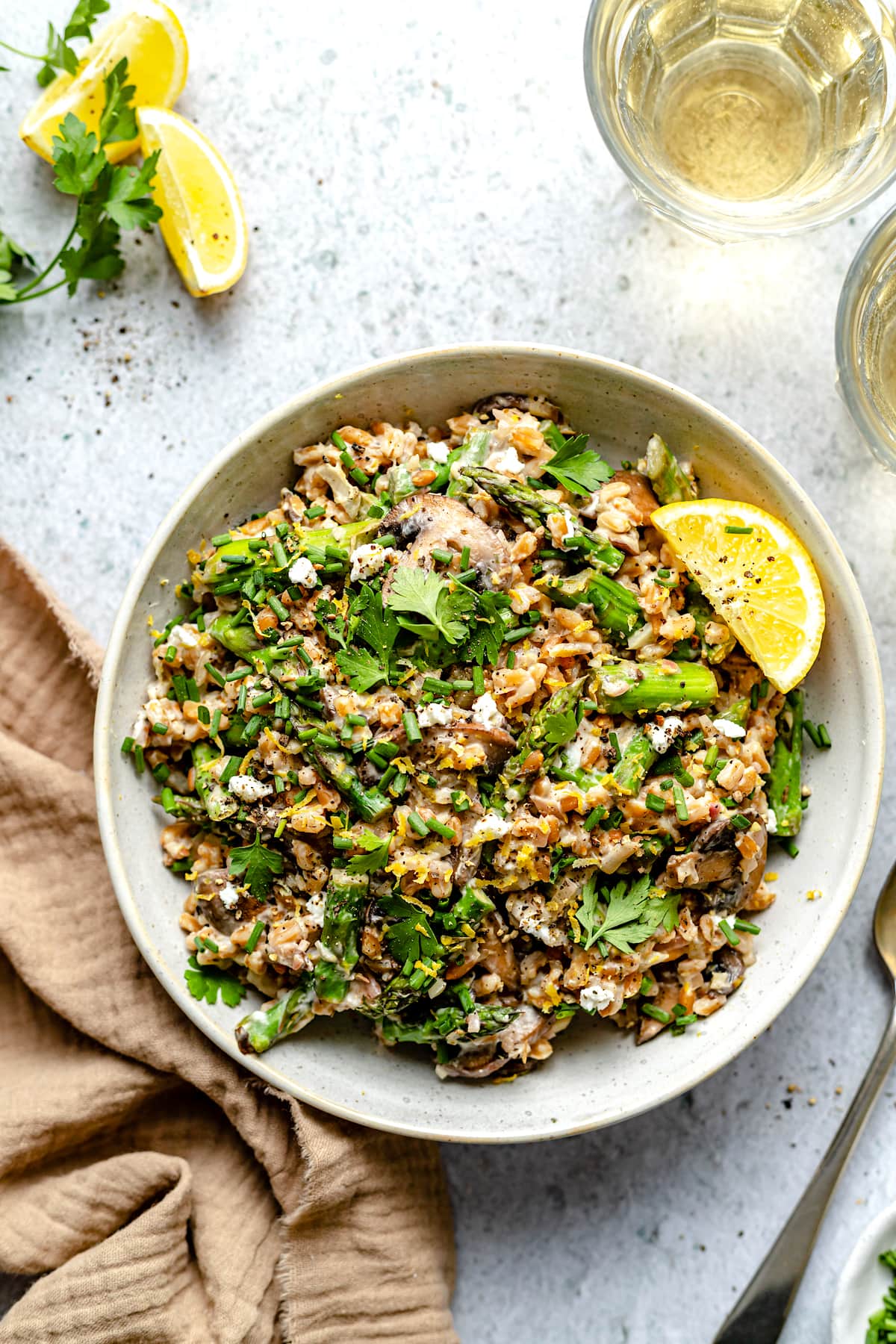
:max_bytes(150000):strip_icc()/__opt__aboutcom__coeus__resources__content_migration__serious_eats__seriouseats.com__recipes__images__2016__11__20161107-beet-salad-vicky-wasik-5-b3d1da4533754f76a4d0896f867d6255.jpg)
:max_bytes(150000):strip_icc()/__opt__aboutcom__coeus__resources__content_migration__serious_eats__seriouseats.com__recipes__images__2014__04__20140422-one-pot-wonders-farro-salad-bdadedfbb4d347a9bd89e49a8fdc30f4.jpg)
:max_bytes(150000):strip_icc()/__opt__aboutcom__coeus__resources__content_migration__serious_eats__seriouseats.com__recipes__images__20120112-188228-dinner-tonight-farro-red-pepper-primary-48f1c5738dd04caf9dfa4b10185c24d9.jpg)
:max_bytes(150000):strip_icc()/__opt__aboutcom__coeus__resources__content_migration__serious_eats__seriouseats.com__recipes__images__2012__02__20120224-194459-mushroom-and-farro-burgers-primary-7f20612624314d8dba3ad869c7380711.jpg)
:max_bytes(150000):strip_icc()/__opt__aboutcom__coeus__resources__content_migration__serious_eats__seriouseats.com__recipes__images__2014__03__20140331-meat-lite-warm-grain-salad-7706cf1c6c9541988203bddf158f9360.jpg)
:max_bytes(150000):strip_icc()/vegetable-and-chickpea-tagine-with-couscous-2122265-hero-01-770f5ccf91294606aca918fe195aeeae.jpg)
:max_bytes(150000):strip_icc()/chickenthighsfarro2016-56d050d05f9b5879cc69e828.jpg)
:max_bytes(150000):strip_icc()/farro-bread-123-57bbd0245f9b58cdfdb3af73.jpg)
/aIMG_2388fsq-56b24d6b5f9b58def9c868ef.jpg)
:max_bytes(150000):strip_icc()/Simply-Recipes-Stuffed-Pepper-Casserole-METHOD-6-29be682958e04ce9a43063e3e84d60bd.jpg)

